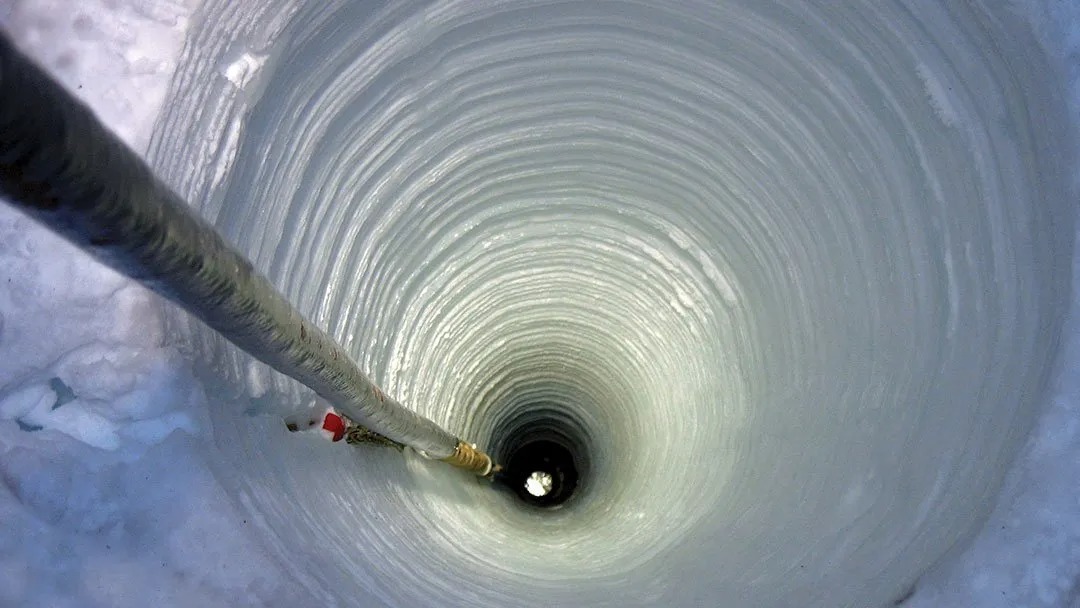Chinese scientists discover 46 subglacial lakes in Antarctica
- Nature Khabar

SHANGHAI - Chinese scientists have newly discovered 46 subglacial lakes beneath the ice sheet in East Antarctica, using an innovative analysis method.
Antarctica is covered by a vast ice sheet with an average thickness of over 2,400 meters. Beneath this ice sheet, there exist numerous diverse subglacial lakes. They are formed when melting ice streams flow over depressions in the bedrock beneath the ice sheet, according to Tang Xueyuan, a research group leader from the Polar Research Institute of China (PRIC).
"The study of subglacial lakes in Antarctica is of significant importance for understanding ice sheet dynamics, sedimentary processes, subglacial geochemical cycles, as well as the evolution of life," said Tang.
Scientists have introduced a novel method utilizing Variational Autoencoder (VAE) to analyze the waveform features of ice bottom reflection shown in ice radar data. Employing this approach, the research team conducted a comprehensive scan of ice radar images in the AGAP-S region of the Gamburtsev Subglacial Mountains in East Antarctica. The results revealed the existence of 46 subglacial lakes characterized by geometric contours considerably smaller than those identified by conventional methods.
Scientists believe this new method significantly improves the efficiency and accuracy of subglacial lake discovery and also holds promise for extending to the detection and labeling of more types of subglacial environments in Antarctica.
This research was jointly conducted by teams from PRIC, the China University of Geosciences (Wuhan) and the Southern University of Science and Technology.
According to current statistics, scientists worldwide have discovered a total of 675 subglacial lakes beneath the Antarctic ice sheet, with three of them successfully drilled and sampled.





Feedback